Make your own special substrate for veggies
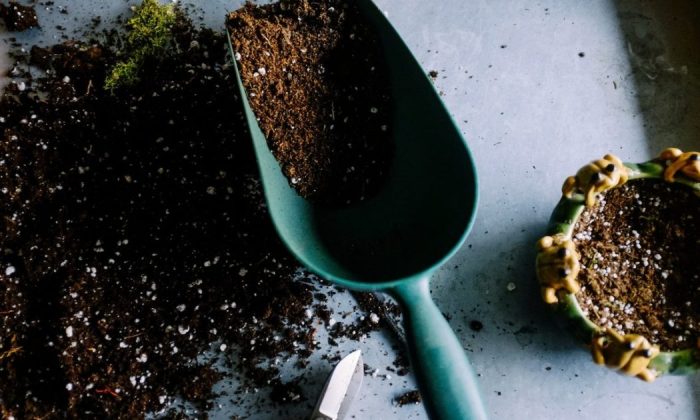
A well-balanced soil is very important for proper growth and it is usually added before planting to provide nutrients and create the best conditions for growth.
The best option is a homemade compost because you know what you put in. Compost is full of nutrients and bacterial life and it is very hard to replace it with something else. Anyway, in order to create best growing conditions you must provide the right soil. In this article we shall give you few tips how to make your own substrate.
Photo: Pixabay
What is a garden soil?
Soil consists of multiple inorganic and organic substances of various origins. Soil is usually enriched and modified to create special growing conditions required by a certain type of plant.
Garden soils may be divided into several categories. Each soil must contain basic nutrients that all plants need, but you also need extra “sfuff”. You can therefore divide soil based on the amount of humus, physical properties and origin.
Soil types
Each type is special and you can mix different soils and enrich it with other additives (perlite and expanded clay are often added).
Soil with leaves
It is made from decomposed leaves. Mainly fruit tree leaves and it is added to plants to protect them from frost. Perennials, fruit trees and bulbous plants love leaf enriched soil.
Soil with heather
This soil offers a coarse structure that is rather loose. Thanks to these properties, it is well permeable, but may contain insufficient amount of nutrients.
Soil with conifer
This soil is created through a decomposition of pine needles and plant roots. It is a high quality loose soil, which unfortunately quickly loses its properties. Not suitable for gardening because it is dense and decomposes too quickly for plants to absorb all nutrients.
Peat
Peat contains decomposed dead plants, which is great but peat does not offer great properties and you need to mix it with other soil. The quality of peat depends on its origin and processing method.
Greenhouse soils
Greenhouse soil is important mainly for pre-growing of seedlings – before planting outside. It is a must for vegetables and plants that you pre-grow in hotbeds, greenhouses or plastic containers. These soils are rich in nutrients, but may also contain residues of harmful substances – from previous cultivation for example.
Photo: Pixabay
How to choose the right substrate?
There are many substrates and all of them may be combined to best suit the type of plants you want to grow. Virtually all garden plants need a certain amount of manure in the soil (preferably horse or cow manure). You can also buy a general substrate, which is great if you want to add more soil to a pot.
Special garden stores offer a better selection of substrates, which are usually enriched with nutrients for faster growth.
Make your own substrate
You can easily make your own soil for houseplants that you grow in pots, but make sure to follow basic requirements that are beneficial to the plants you want to grow. Make the substrate light, permeable and add enough nutrients. Do not add peat as it creates an acidic environment.
What you need
Coconut flakes (600g)
Coconut flakes are added to increase absorbency and permeability. You can by it in the form of a pressed block. Let it soak in few litres water to make a base for the substrate. This base is sterile so you need to add other ingredients.
Compost (4l)
Compost provides all essential nutrients, acids and microorganisms and the best compost is your own. Make your own compost pile. It is not difficult at all.
Drainage layer (0.5l)
Here you can choose from sand, zeolite, perlite, lava rock and other loose materials that will add airiness and permeability to the substrate.
Fertilizer (3l)
Only use high-quality fertilizers that contain the required ratio between nitrogen, phosphorus, and potassium.
Source: zahradkarskaporadna.cz, zahradananiti.cz
Preview photo: Pxhere

Gardening is my hobby, I have a lot of experience and I am happy to share it.
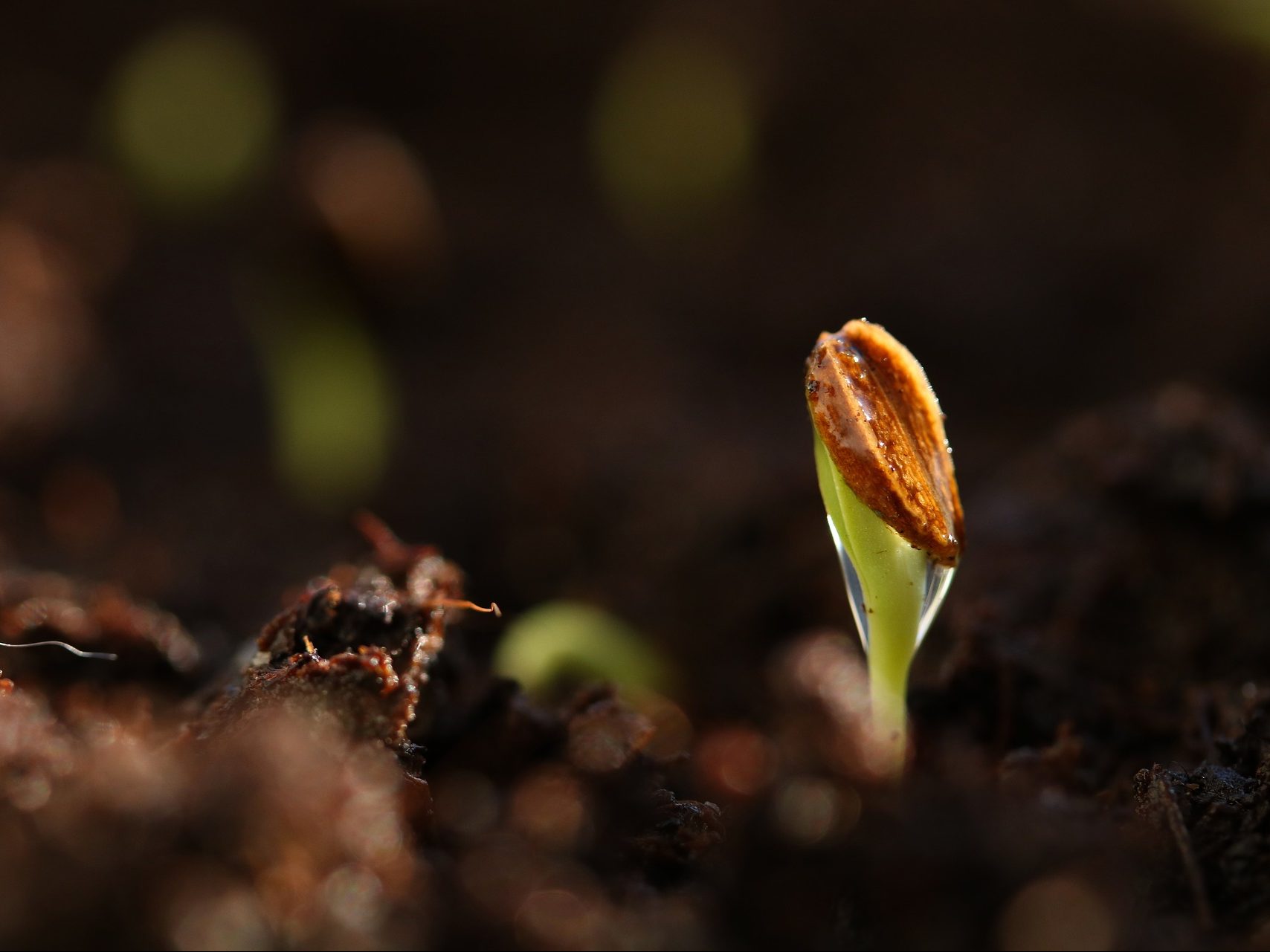
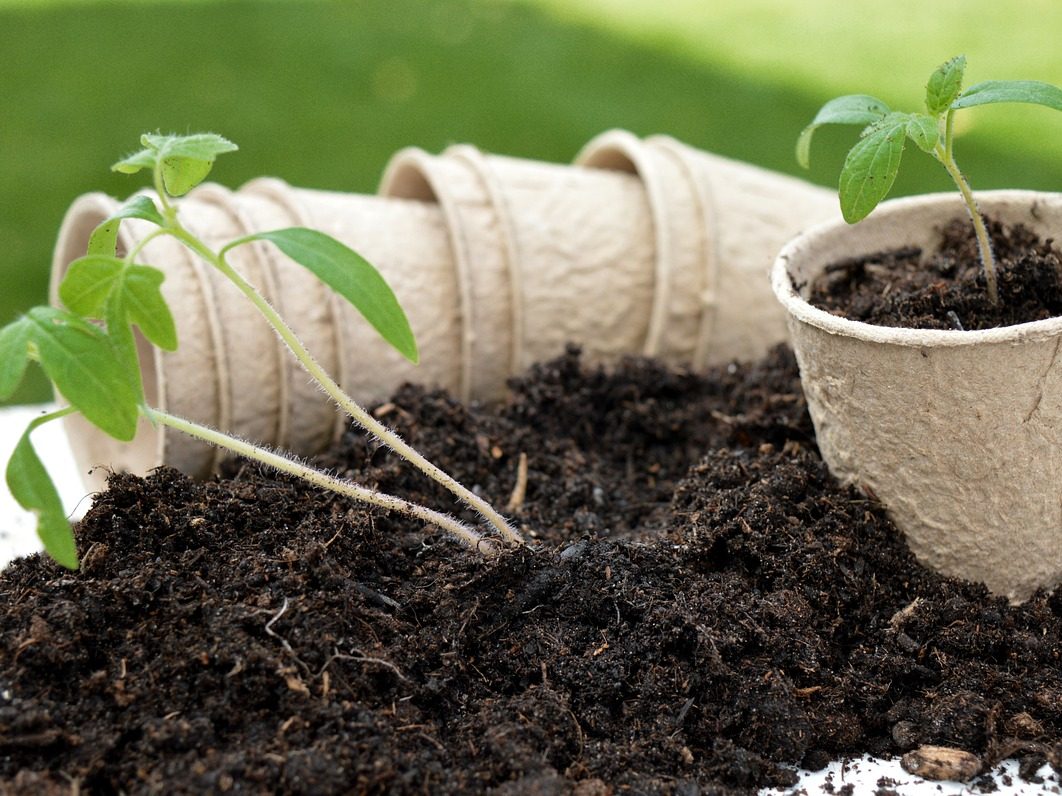


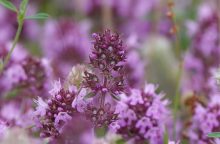
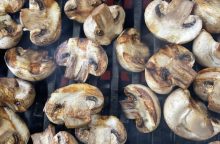
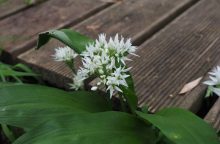
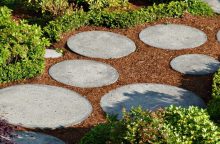
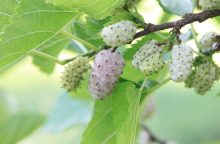
0 comments